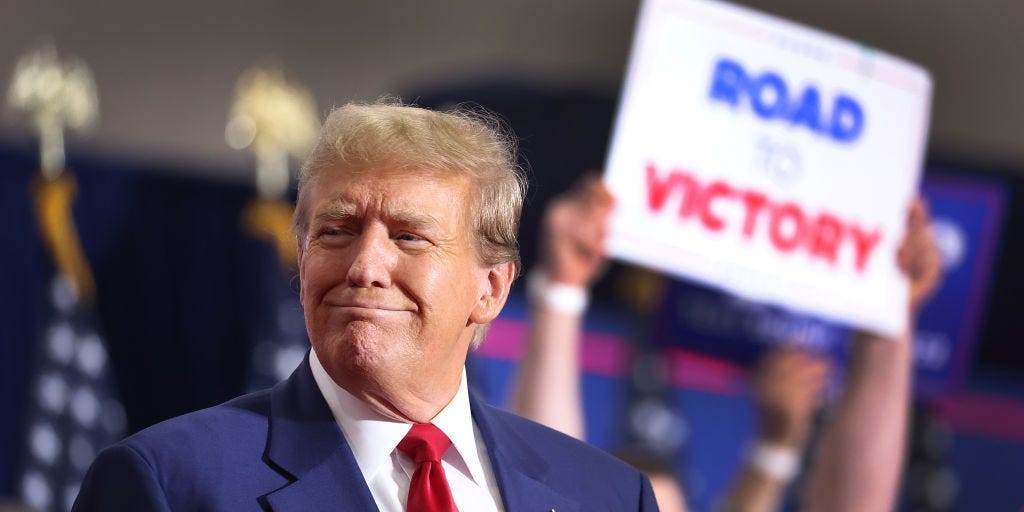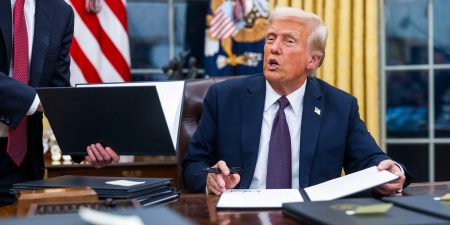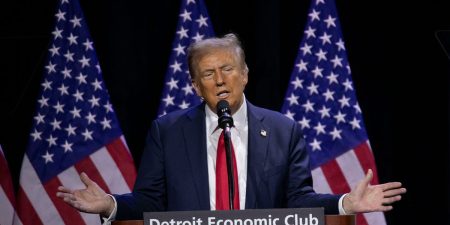Introduction
President Donald Trump’s recent announcement of 25% tariffs on imported steel and aluminum sparked a wave of reactions across global markets. This move, aimed at protecting U.S. industries, immediately impacted commodity prices and currency markets. While some commodities like gold surged to record highs, others like the Australian dollar saw a decline. Trump’s statement on Air Force One emphasized a "reciprocal" approach, signaling that the U.S. would mirror import duties imposed by other countries. This policy not only affects trade dynamics but also highlights the administration’s stance on fair trade practices, with potential long-term implications for global economic relations.
Impact on Commodity Prices and Currencies
The tariffs triggered significant shifts in commodity markets. Metals such as aluminum, iron ore, copper, and silver experienced notable gains, with gold reaching an unprecedented high of over $2,900 per ounce. These increases reflect investor responses to potential trade barriers and inflationary pressures. Conversely, currencies like the Australian dollar weakened against the U.S. dollar, while the Canadian dollar showed initial softness before stabilizing. These currency fluctuations underscore the interconnectedness of global trade, where U.S. policy decisions ripple across international markets, influencing economic stability and investor confidence.
Gold’s Surge and Market Reactions
Gold emerged as a key beneficiary of the trade tensions, surging to record levels as a safe-haven asset. Analysts predict further gains, with some forecasting gold reaching $3,000 per ounce, driven by geopolitical uncertainties and declining interest rates. The metal’s appeal was further enhanced by Trump’s tariff announcements, prompting increased demand. Meanwhile, cryptocurrencies like Bitcoin showed resilience, reflecting a broader shift in investor behavior towards assets perceived as safer during economic uncertainty. This dynamic highlights how investors are adapting their strategies in response to evolving trade policies.
Broadening Trade Tensions
The U.S. tariffs are part of a larger narrative of increasing trade tensions. The European Union expressed concern, signaling potential retaliatory measures, while China implemented its own tariffs on U.S. goods. These actions illustrate the complex web of international trade, where each move by the U.S. provokes reactions from trading partners. This ongoing cycle of tariffs and counter-tariffs suggests a shift towards a more protectionist global economy, raising concerns about long-term impacts on trade volumes and economic growth.
Stock Market Resilience
Despite heightened trade tensions, global stock markets displayed unexpected resilience. U.S. stock futures and international indexes, particularly in Europe and Asia, saw gains, indicating investor confidence in the face of uncertainty. U.S. Steel stock experienced a notable rise, reflecting sector-specific optimism. This resilience may stem from expectations of strategic investments or company-specific developments, suggesting that markets are adapting to the new normal of trade volatility. Investors seem to be weighing short-term disruptions against potential long-term strategic benefits, signaling a cautious optimism.
Expert Insights and Future Outlook
Experts caution that the U.S. tariffs represent a significant shift towards protectionism, with potential to destabilize global trade. Analysts like Kathleen Brooks and Nigel Green highlight risks of market volatility and the need for investor vigilance. While some foresee opportunities in commodities like gold, others warn of broader economic impacts. The interplay between trade policies, market reactions, and investor strategies will shape the future economic landscape, emphasizing the importance of adaptability and informed decision-making in navigating these uncertain times. The path ahead suggests a delicate balance between protective measures and open trade, with implications for global economic stability and growth.












